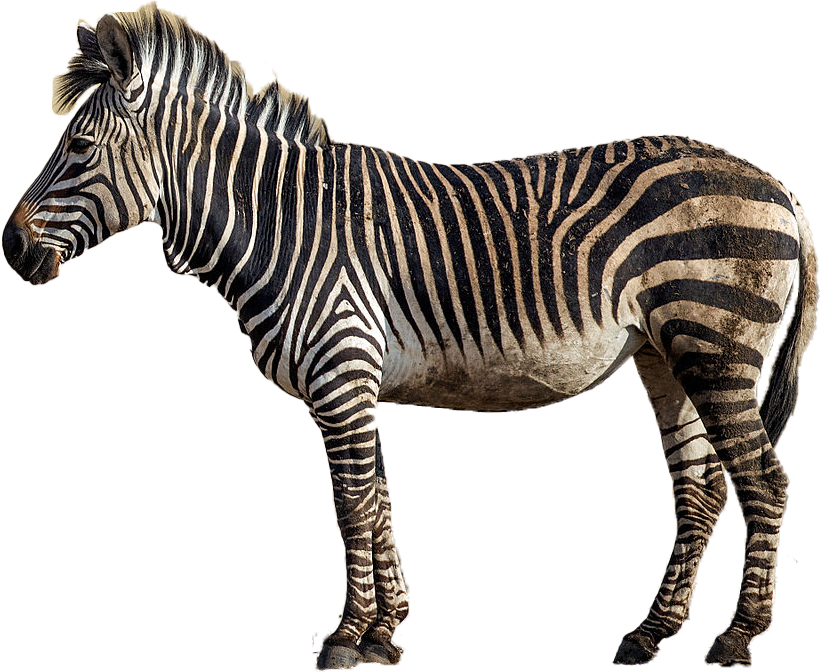
Description:
Hartmann's mountain zebras have a defining dewlap hanging from their throat and they are striped all the way down to their hooves with white bellies, whereas some other similar looking mountain zebra species only have stripes down to their knees and lack the completely white belly.
Habitat:
They are agile climbers and are able to live in arid conditions and steep mountainous country.
Diet:
Hartmann's mountain zebras are herbivores. In the wild, they graze and browse for grasses, shrubs and leaves to eat. At the Smithsonian's National Zoo and Conservation Biology Institute, they eat a diet of hay, grass, pellets and browse (leafy branches).
Behavior:
Hartmann's mountain zebra has been described as an ecosystem engineer—while engaging in their unique dust bathing behavior they create a persistent depression known as a rolling pit. Even after the zebra abandons a rolling pit, they will generally remain visible for many years. These rolling pits appear to provide a favorable microsite for the native vegetation—ultimately leading to denser growth throughout the pit. Hartmann's mountain zebras prefer to live in small groups ranging from as little as 3 individuals to as many as 12. Herds will either be a breeding herd comprising one stallion and potentially many mares or it will be a bachelor group that consists primarily of young males. Young males raised as foals within the breeding herds will generally be kicked out when they are as young as 24 months.